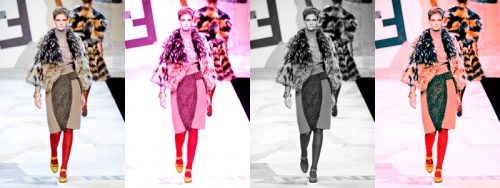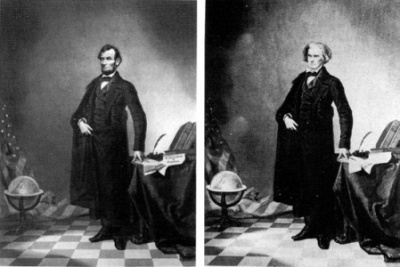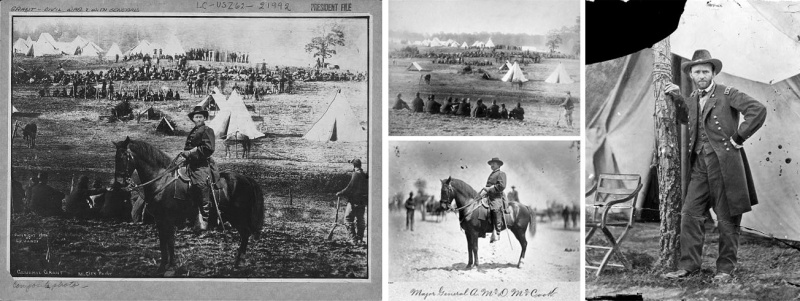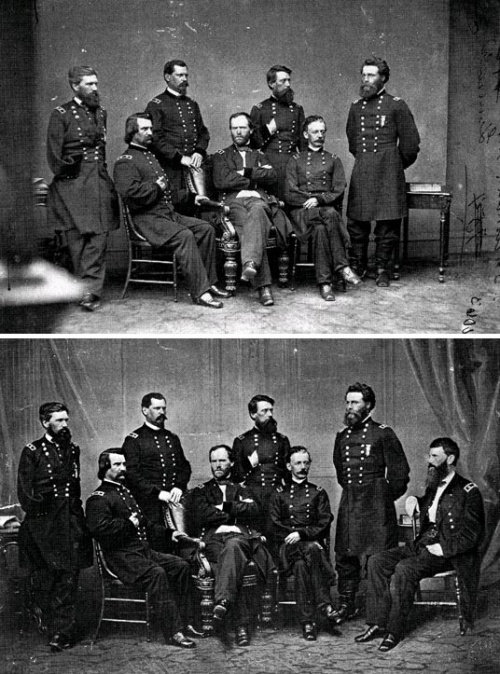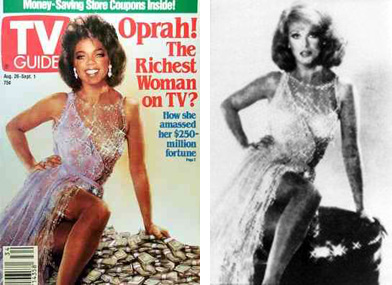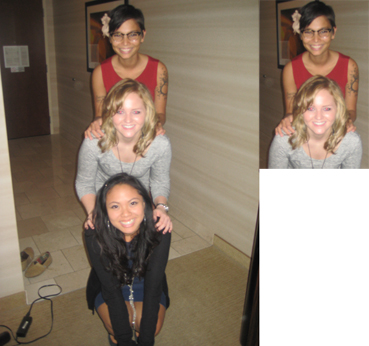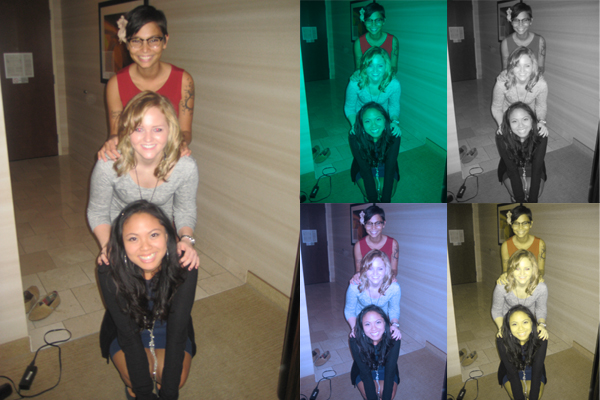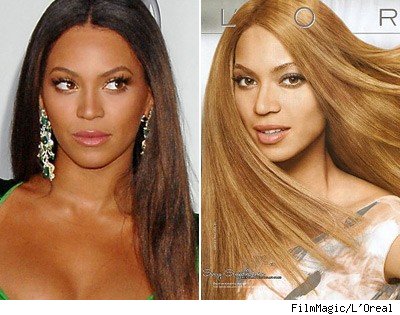Difference between revisions of "Photo Editing"
(→University of Wisconsin at Madison) |
(→Ethical Implications of Photo-editing) |
||
| Line 74: | Line 74: | ||
Photo editing can have all kinds of implications. It can either be used to recover an important image that has been distorted, or it can be used to purposely distort reality. Any alteration on reality has dangerous implications, because it will create cognitive dissonance with reality. Photoshopping has become so advance that most people cannot tell if a photo has been edited, and some people may be influence to strive for or believe false information that the edited photo is displaying. When it comes to visual memory, it is human mind's strongest memory component. Meaning people are more likely to recall an event based on visual proof versus auditory story telling. <ref>http://www.unisci.com/stories/20013/0726014.htm</ref> Photo-editing can be harmful because it is a powerful tool that can deceive people of the truth. The most apparent issue with photo-editing comes for the magazine industry. Celebrities, usually women, who grace the pages of the publication are photoshopped into an extreme ideal of perfection. On most women's magazines today, all of the models on the covers and advertisements are portraying a world with no blemishes, even skin tones, small waist, large breast, highly whiten teeth, and no body-fat. | Photo editing can have all kinds of implications. It can either be used to recover an important image that has been distorted, or it can be used to purposely distort reality. Any alteration on reality has dangerous implications, because it will create cognitive dissonance with reality. Photoshopping has become so advance that most people cannot tell if a photo has been edited, and some people may be influence to strive for or believe false information that the edited photo is displaying. When it comes to visual memory, it is human mind's strongest memory component. Meaning people are more likely to recall an event based on visual proof versus auditory story telling. <ref>http://www.unisci.com/stories/20013/0726014.htm</ref> Photo-editing can be harmful because it is a powerful tool that can deceive people of the truth. The most apparent issue with photo-editing comes for the magazine industry. Celebrities, usually women, who grace the pages of the publication are photoshopped into an extreme ideal of perfection. On most women's magazines today, all of the models on the covers and advertisements are portraying a world with no blemishes, even skin tones, small waist, large breast, highly whiten teeth, and no body-fat. | ||
| − | |||
==References== | ==References== | ||
Revision as of 22:07, 6 December 2011
Photo Editing is the alteration of pixels in an image. These images could be altered by a computer software program or automatically enhanced by modern digital camera options.
Contents
History
1860
The first notable edited photo came in 1860, not too long after Niepce invented the photograph. The photo placed President Abraham Lincoln's head on the body of John Calhoun's body.
1864
In 1864, there is a depiction of General Ulysses S. Grant during the American Civil War. In reality, three separate photos were combined to create the final product.
1865
This stately scene shows General Sherman with all of his generals. However, one of them was not in the original photograph and was added at a later date.
1942
In 1942, Benito Mussolini had his horse trainer removed from the picture to appear more heroic. [1]
1987
In 1989, Oprah's head was placed on a body from an advertisement for the gown. Neither the gown designer nor Oprah were notified about this ad before it went public.
2007
In 2007, the popular movie series, Harry Potter, released a promotional movie poster for The Order of the Phoenix, with the actress Emma Watson's chest enlarged.
Basics of Photo Editing
Digital photos are stored on computers in a form of a grid containing elements, also knowns as pixels. Each pixel has it's own information, and modern photo editing programs such as, Adobe Photoshop or Corel's Paint Shop Pro, are programmed to allow the users to change the information of each pixel individually or in large clusters, on a large-scale this alters the entire image. This program's algorithms have become so fine-tuned, if matched with a skilled user, it may be very difficult to detect any alterations of a photo.
Techniques
Cropping
Cropping is used to show a selection of the picture.
Color Manipulation
Image editing software allows user to change the color of a picture.
Color manipulation is used in popular media to lighten the skin tone of dark-skinned celebrities.
This cosmetic ad lightened musical artist Beyonce's skin.
Controversial Edited Photos
University of Wisconsin at Madison
University of Wisconsin at Madison wanted to portray student diversity in one its brochures by inserting an African-American student in the crowd of white students. The original photograph was taken in 1993 and the additional student was added from a picture taken in 1994.
H&M, a popular clothing store, has recently been under fire for their clothing ads. H&M has been using computer-generated bodies and using real models head. This head-body disconnet was noticed by a Norway company, Bildbluff, a site that identifies photos that have been editted. H&M has admitted to using these computer-image bodies and converging it with a models head.
Ethical Implications of Photo-editing
Photo editing can have all kinds of implications. It can either be used to recover an important image that has been distorted, or it can be used to purposely distort reality. Any alteration on reality has dangerous implications, because it will create cognitive dissonance with reality. Photoshopping has become so advance that most people cannot tell if a photo has been edited, and some people may be influence to strive for or believe false information that the edited photo is displaying. When it comes to visual memory, it is human mind's strongest memory component. Meaning people are more likely to recall an event based on visual proof versus auditory story telling. [2] Photo-editing can be harmful because it is a powerful tool that can deceive people of the truth. The most apparent issue with photo-editing comes for the magazine industry. Celebrities, usually women, who grace the pages of the publication are photoshopped into an extreme ideal of perfection. On most women's magazines today, all of the models on the covers and advertisements are portraying a world with no blemishes, even skin tones, small waist, large breast, highly whiten teeth, and no body-fat.
References
- ↑ http://www.cracktwo.com/2011/05/famous-doctored-photographs.html
- ↑ http://www.unisci.com/stories/20013/0726014.htm
